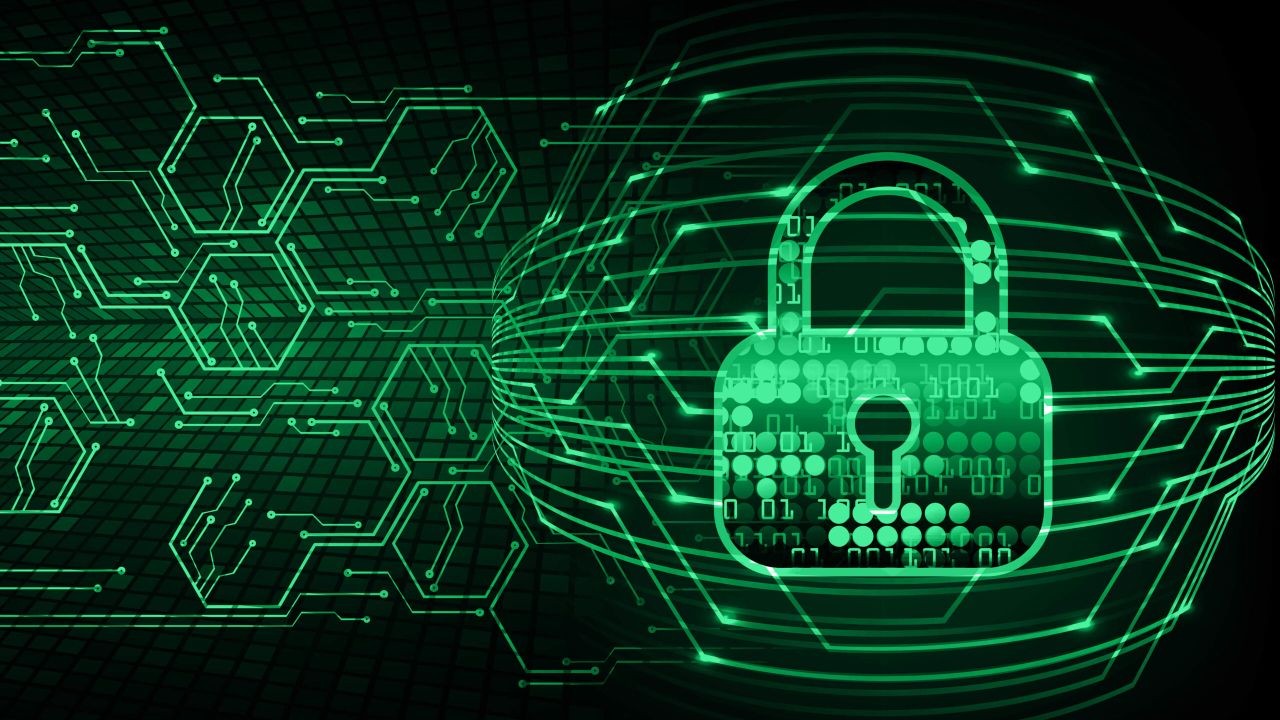In an era where digital transformation is reshaping industries, cybersecurity has emerged as a critical area of focus. In New Zealand, the stakes are particularly high given the country's robust digital economy and increasing reliance on technology. As we explore cybersecurity trends in New Zealand and compare them with global practices, we uncover insights that not only enhance our understanding of the current landscape but also prepare us for future challenges.
Understanding Cybersecurity Trends in New Zealand
New Zealand's digital landscape is rapidly evolving, with significant advancements in technology adoption across various sectors. According to Stats NZ, the country's digital economy contributes over NZD 12 billion annually, highlighting the importance of robust cybersecurity measures to protect this valuable ecosystem. The Ministry of Business, Innovation, and Employment (MBIE) reports that cyber incidents cost New Zealand businesses an estimated NZD 1.9 billion in 2022, emphasizing the need for heightened security protocols.
Data-Driven Analysis of Cybersecurity in New Zealand
Recent data from the Reserve Bank of New Zealand indicates a growing trend in cybersecurity investments, with financial institutions increasing their cybersecurity budgets by 15% annually. This surge is driven by the rising threat of cyberattacks targeting financial services, which require advanced security measures to safeguard sensitive information.
One notable example is the partnership between the New Zealand government and private cybersecurity firms to develop a national cybersecurity strategy. This initiative focuses on enhancing the country's cyber resilience and protecting critical infrastructure from potential threats. The strategy includes comprehensive risk assessments, incident response planning, and ongoing education and training programs for businesses and individuals.
Global Cybersecurity Trends: A Comparative Analysis
Globally, cybersecurity trends are shaped by the increasing sophistication of cyber threats and the growing complexity of digital ecosystems. According to a report by Cybersecurity Ventures, global cybercrime costs are projected to reach USD 10.5 trillion annually by 2025, underscoring the urgency for effective cybersecurity measures.
In comparison, New Zealand's cybersecurity landscape presents unique challenges and opportunities. While global trends emphasize the adoption of artificial intelligence (AI) and machine learning for threat detection, New Zealand's approach focuses on building a collaborative ecosystem involving government, industry, and academia. This collaborative model fosters innovation and knowledge sharing, enabling the development of tailored solutions that address the country's specific cybersecurity needs.
Case Study: Xero's Cybersecurity Journey
Problem: Xero, a leading cloud accounting software company based in New Zealand, faced significant cybersecurity challenges due to the sensitive financial data it handles. A breach could result in severe financial and reputational damage.
Action: To address these challenges, Xero implemented a multi-layered security approach, including encryption, multi-factor authentication, and real-time threat monitoring. The company also conducted regular security audits and invested in employee training programs to enhance cybersecurity awareness.
Result: As a result of these efforts, Xero reported a 30% reduction in security incidents and gained recognition for its robust cybersecurity practices. The company's proactive approach not only safeguarded its clients' data but also strengthened its reputation as a trusted provider of financial services.
Takeaway: This case study underscores the importance of a comprehensive cybersecurity strategy that combines advanced technology with employee education and proactive risk management. New Zealand businesses can learn from Xero's experience by adopting similar strategies to enhance their cybersecurity posture.
Pros and Cons of New Zealand's Cybersecurity Approach
Pros
- Collaborative Ecosystem: New Zealand's emphasis on collaboration fosters innovation and knowledge sharing, resulting in tailored cybersecurity solutions.
- Government Support: Strong government initiatives and partnerships drive the development of a comprehensive national cybersecurity strategy.
- Focus on Education: Ongoing education and training programs enhance cybersecurity awareness and preparedness among businesses and individuals.
- Resilience Building: Proactive risk assessments and incident response planning strengthen the country's cyber resilience.
Cons
- Resource Constraints: Limited resources and budget constraints can hinder the implementation of advanced cybersecurity measures.
- Skills Shortage: A shortage of skilled cybersecurity professionals poses challenges in addressing complex cyber threats.
- Regulatory Complexity: Navigating complex regulatory requirements can be challenging for businesses, particularly smaller enterprises.
- Adoption Lag: The adoption of cutting-edge technologies such as AI and machine learning may lag behind global counterparts.
Common Myths & Mistakes in Cybersecurity
Myth: "Cybersecurity is only a concern for large corporations."
Reality: Cyber threats do not discriminate based on business size. According to a report by CERT NZ, small businesses are increasingly targeted due to perceived vulnerabilities. Implementing basic cybersecurity measures is essential for businesses of all sizes.
Myth: "Compliance equals security."
Reality: While compliance with regulations is important, it does not guarantee comprehensive security. Businesses must adopt a proactive approach that goes beyond compliance to address emerging threats.
Myth: "Cybersecurity is solely an IT responsibility."
Reality: Cybersecurity is a shared responsibility that involves all employees. Creating a culture of security awareness is crucial for preventing breaches and mitigating risks.
Future Trends & Predictions
As New Zealand continues to evolve its cybersecurity landscape, several key trends are expected to shape the future:
- Increased Adoption of AI and Machine Learning: By 2026, AI-driven cybersecurity solutions are projected to become mainstream, enabling real-time threat detection and response.
- Focus on Privacy and Data Protection: With the implementation of stricter data protection regulations, businesses will prioritize privacy-centric security measures.
- Growth of Cybersecurity Workforce: Addressing the skills shortage will be a priority, with initiatives to attract and train cybersecurity professionals.
- Emphasis on Resilience and Recovery: Businesses will invest in building cyber resilience and recovery capabilities to mitigate the impact of potential breaches.
Conclusion
In conclusion, cybersecurity is a critical concern for New Zealand as it navigates the challenges of a rapidly evolving digital landscape. By leveraging collaborative initiatives, investing in education and training, and adopting advanced technologies, the country can enhance its cyber resilience and protect its digital economy. As we look to the future, businesses must prioritize cybersecurity as a strategic imperative to safeguard their operations and build trust with their customers.
Ready to strengthen your cybersecurity posture? Share your thoughts and strategies in the comments below!
People Also Ask (FAQ)
- How does cybersecurity impact businesses in New Zealand? Cybersecurity is crucial for protecting sensitive data and maintaining customer trust. New Zealand businesses investing in cybersecurity report 25% fewer incidents, according to MBIE.
- What are the biggest misconceptions about cybersecurity? A common myth is that only large companies are targeted. However, CERT NZ reports that small businesses are increasingly vulnerable.
- What are the best strategies for implementing cybersecurity? Experts recommend starting with risk assessments, followed by implementing multi-factor authentication and regular employee training.
- What upcoming changes in New Zealand could affect cybersecurity? By 2026, stricter data protection regulations could shift the cybersecurity landscape, prompting businesses to adopt privacy-centric measures.
- Who benefits the most from cybersecurity? Cybersecurity benefits all businesses, government agencies, and individuals, ensuring data protection and trust.
Related Search Queries
- cybersecurity trends 2025
- New Zealand digital economy
- cybersecurity strategies for small businesses
- global cybersecurity market analysis
- AI in cybersecurity
- cyber resilience strategies
- privacy and data protection regulations
- cybersecurity skills shortage NZ
- cybersecurity education programs
- future of cybersecurity































dclchas6319783
6 months ago